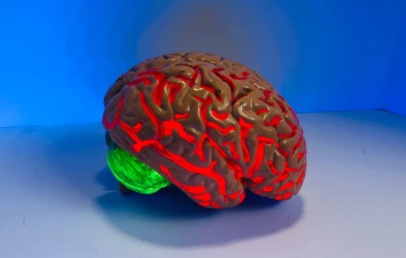
Learn how to tell the difference between true hunger and emotional cravings to make healthier eating choices.
We’ve all been there—standing in front of the fridge, searching for a snack, even though we just ate. Or reaching for that extra slice of cake after a stressful day. But are you actually hungry? Or is something else driving your cravings?
Understanding the difference between emotional hunger and physical hunger can help you make better food choices, improve your relationship with food, and prevent unnecessary overeating. Let’s break it down.
What is Physical Hunger?
- A growling stomach
- Feeling low on energy
- Lightheadedness or irritability
- A general openness to different types of food
Tip: If a balanced meal satisfies you, it was physical hunger.
What is Emotional Hunger?
- Triggered by emotions like stress, anger, or boredom
- Hits suddenly
- Craves specific comfort foods
- Doesn’t stop even when full
- Can lead to guilt after eating
How to Tell the Difference?
| Feature | Physical Hunger | Emotional Hunger |
|---|---|---|
| Comes on… | Gradually | Suddenly |
| Food cravings | Open to options | Specific comfort foods |
| Stops when full? | Yes | No |
| Associated with… | Physical signals | Emotions |
| Leads to guilt? | No | Often |
How to Manage Emotional Hunger
- Identify the trigger: Ask yourself if you’re truly hungry.
- Find non-food coping strategies: Try meditation, walking, or listening to music.
- Eat mindfully: Avoid distractions and savor each bite.
- Keep healthy snacks on hand: Nuts, fruit, and Greek yogurt.
- Give yourself permission to enjoy treats: Balance is key.
Final Thoughts
Food should fuel your body, not your emotions. Recognizing the difference between true hunger and emotional cravings helps you make better choices and feel in control.
Next time you reach for a snack, pause and check in—are you really hungry, or is it just your emotions talking?




